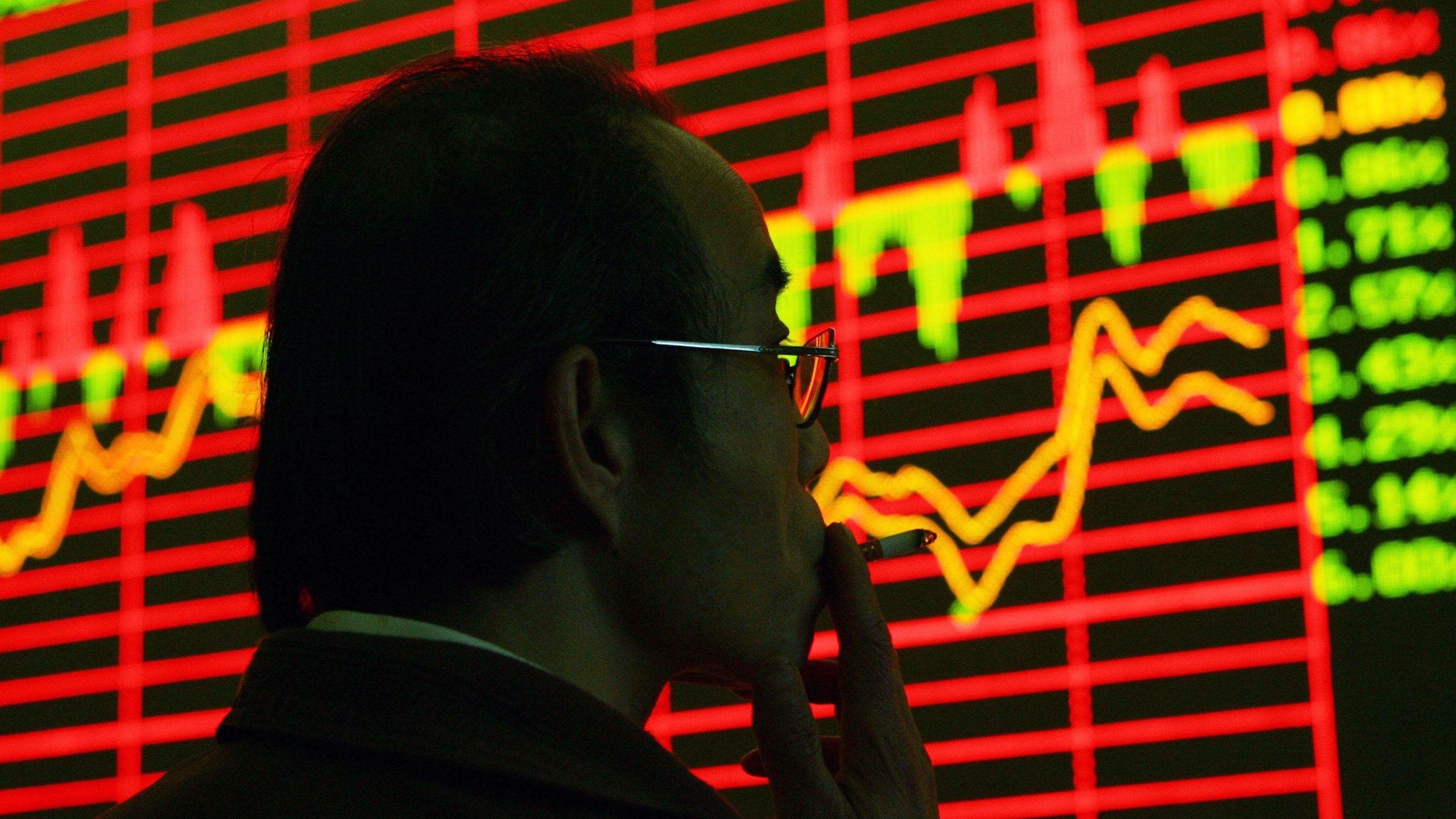Introduction
According to CoinMarketCap, there are currently more than 2500 cryptocurrencies and more than 300 exchanges (not counting countless small exchanges) where they are traded. However, new projects continue to emerge every month, presenting their tokenized solutions for various different industries. In the past, projects often finished their public fundraising stage before going to exchanges to get listed. Nowadays, many new projects want to go to an exchange without holding a token sale.
So, how should crypto projects go about getting listed on exchanges? How can you choose the first exchange for listing and avoid scams and frauds? How can you capture the most possible attention of the community for your token, and why is it important to keep expanding the list of exchanges on which it trades in the future? We will provide answers to all of these questions in our ultimate guide about how to get listed at the crypto exchange, so keep reading!
Why do projects need listing?
First, let’s go through the main reasons why projects need to get listed on exchanges. Many projects do not fully understand what the listing should give, naming the main goal for themselves - just to have the token traded somewhere. Well, this is understandable, but a good quality listing includes several components:
Ability to trade, buy and sell a token
Yes, listing makes your token available for sale. People from the project community will be able to freely buy and sell the token, thereby giving the project and the token a chance to succeed.
Expansion into new markets and community growth
Each exchange is its own community, which is formed according to various principles, including geographical ones. Getting listed on a new exchange means, among other things, entering new markets. Some exchanges operate worldwide and have traders from around the world, but there are also exchanges that are more focused on local markets (e.g. Korea, Latin America, Eastern Europe). Listing on a new exchange is not only an opportunity to boost trade volume and liquidity, but also for the project to attract the attention of other exchange users and turn them into community members, establishing its presence in a particular region.
Token sales
Let’s be honest, project founders are most commonly the largest holders of the project’s native token at launch. Tokens often lack the liquidity necessary to expand and develop, but organizing an ICO/IEO round is not always necessary or even possible. In some cases, with a successful listing and sufficient liquidity of the token, the project’s founders can act as traders who sell and buy the token as needed for project development, so long as it doesn’t contradict the financial model of the project, its WP, and obligations to the holders.
Partnerships in new markets
As we already mentioned, a new listing is often an entry into a new market. Along with the listing, other integrations into these markets are also possible. For example, you can look to establish partnerships with other players in your industry from these regions that will only enhance the effect of your listing. This also works in the opposite direction - getting listed makes it easier to find and negotiate partnerships.
Social proof
This is an indirect factor, but I think it is clear to everyone that the community is more interested in projects that are listed on good, solid exchanges than projects that are not represented anywhere.
#cryptocurrency #exchange #crypto-exchange #blockchain #ethereum #how-to-list-on-crypto-exchange #list-on-crypto-exchange #get-listed-on-crypto-exchange
